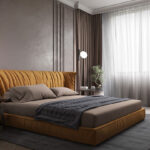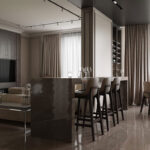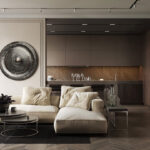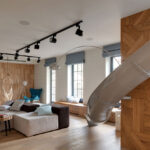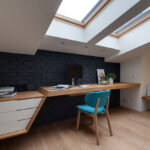Creating Concept
- Home
- Our Services
- Creating Concept
Creating Concept For Interior Designing
Interior designing is more than just arranging furniture and choosing color schemes; it’s about crafting a concept that embodies the essence of a space and reflects the personality and functionality required by its occupants. At Zullqurnain Designer, we understand that the foundation of any exceptional interior design begins with a well-thought-out concept. This article will explore the fundamental aspects of creating a concept for interior designing, ensuring your space is both aesthetically pleasing and functionally efficient.
Before diving into the specifics of interior design concepts, it is crucial to grasp what makes a design concept effective. A design concept is essentially a central idea that ties together all the elements of a space, from the layout and furniture to the color palette and accessories. It serves as the blueprint that guides the entire design process, ensuring coherence and harmony throughout the space.
The first step in creating a compelling interior design concept is to define the purpose of the space. Whether it’s a residential home, an office, or a commercial establishment, understanding the primary function of the space is crucial. This involves asking questions such as:
- What activities will the space accommodate?
- How many people will use it?
- What are the specific needs and preferences of the users?
For example, a living room designed for entertaining guests will have different requirements compared to a home office meant for focused work. By clearly defining the purpose, you can tailor the design elements to meet those needs effectively.
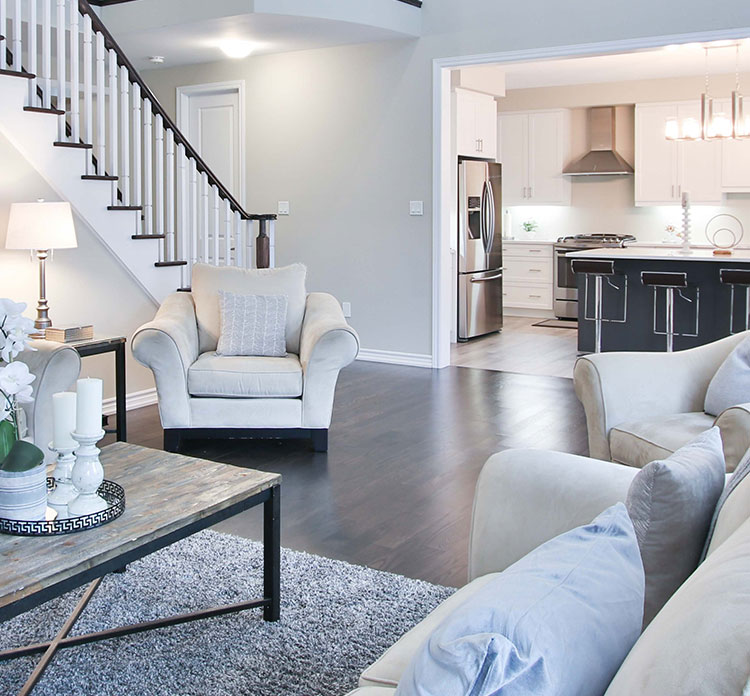

The next step is to identify the target audience for whom the space is being designed. Understanding the demographic characteristics, lifestyle preferences, and aesthetic tastes of the users will significantly influence the design concept. For instance, a design concept for a young, modern family will differ from one intended for a more traditional, older demographic.
Incorporating elements that resonate with the target audience not only enhances the functionality of the space but also creates an emotional connection with its occupants.
Staying updated with current design trends and styles is essential for creating a concept that feels both contemporary and relevant. While it’s important to incorporate trends, they should be balanced with timeless elements to ensure the design remains appealing over time.
Explore various design styles such as minimalist, industrial, bohemian, or classical to determine which aligns best with the purpose of the space and the preferences of the target audience. Incorporating elements from different styles can also result in a unique and personalized design concept.
A comprehensive design brief is the foundation of a successful interior design concept. This document outlines the goals, requirements, and constraints of the project, providing a clear roadmap for the design process. Key components of a design brief include:
- Project scope: A detailed description of what the project entails.
- Budget: An estimate of the financial resources available for the design.
- Timeline: The expected duration for completing the design project.
- Design preferences: Specific styles, colors, and materials desired by the client.
A well-prepared design brief ensures that all parties involved have a clear understanding of the project’s objectives, leading to more effective planning and execution.
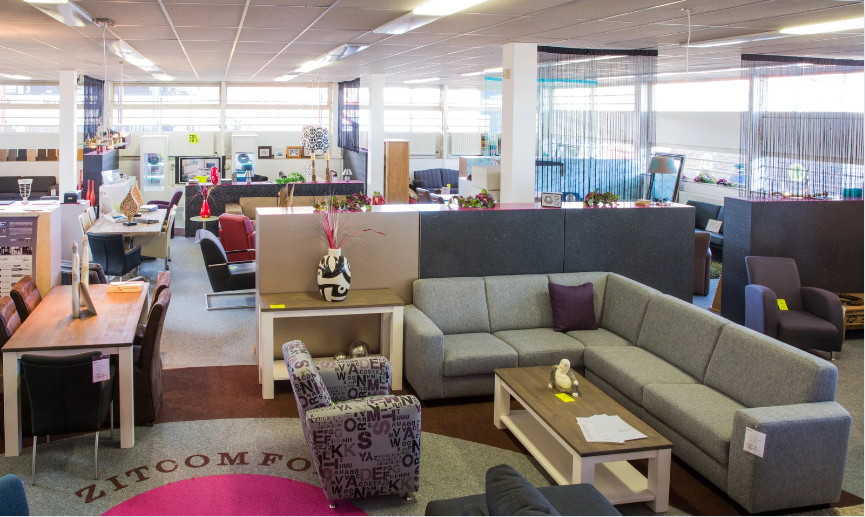
Conceptualizing the Layout
Ensure there is a logical and unobstructed flow throughout the space.
Materials and Finishes
Choosing the right materials and finishes is crucial for achieving the desired aesthetic and durability of the space.
Lighting and Accessories
Lighting plays a pivotal role in setting the mood and functionality of a space.


